Entering the Galerie Imane Farès, invigorated by brisk winter air, I encounter a comforting scene. Kilim rugs, surrounded by four standing speakers, welcome the visitor into the minimalist universe of James Webb. The South African conceptual sound artist currently has an exhibition of four sound pieces at the Yorkshire Sculpture Park, following which he will begin a residency where he will create a site-specific installation or an alternative audio-guide – but before that, he has his first solo show in Paris, which is where we meet. ‘Hope is a good swimmer’ poetically explores themes of ‘inner transformation and hope as an action,’ the artist explains. For him, this starts with giving the body over to the experience of sound in space, since ‘space suggests choreography, even just in the way we move through an exhibition,’ stresses Webb.
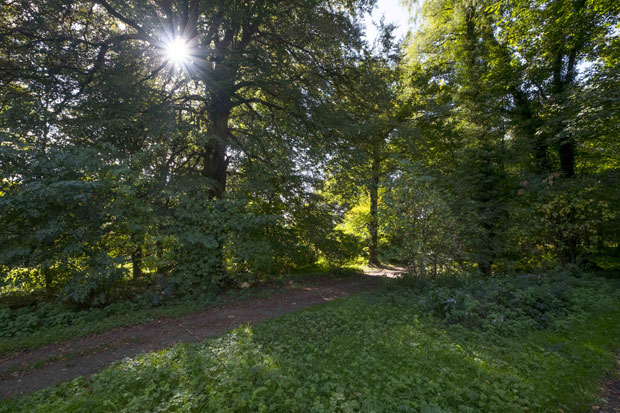
We live on a placid island of ignorance in the midst of black seas of infinity, and it was not meant that we should voyage far (Yorkshire Sculpture Park; 2012), James Webb. Courtesy the artist, blank projects, Galerie Imane Farès and YSP. Photo © Jonty Wilde
The first work in the show, Al Madat (2014), is a recording of a Sufi dhikr chanted by recovering drug addicts at the Sultan Bahu Rehab Centre in Mitchell’s Plain, Cape Town – a former township during Apartheid. ‘Via special vocal and breathing techniques, this religious recitation of God’s names generates trance-like effects and recalls our initial divine connection,’ explains Webb. The artist has created a space in which visitors can remove their shoes and take time to reflect. Amid the rugs, absorbed by the invocation’s rhythm, one can sense the back and forth movements of the swinging bodies and the resilience of these individuals. Sustained by the power of collective healing, during their treatment the patients ‘cross stormy seas; there is a [sense of] passage,’ continues Webb, who feels transformed by his work at this social project. The piece has additional layers of meaning for the artist: it connects to Cape Town’s history, and to the introduction of Islam in South Africa by Mardykers and Malay slaves in the 1600s.
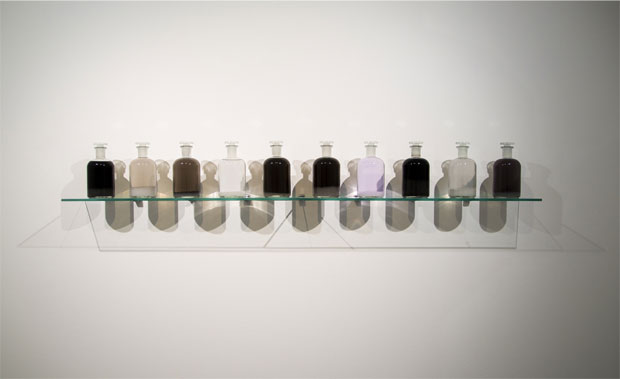
I do not live in this world alone, but in a thousand worlds (December 2016) (2016), James Webb. Courtesy of the artist and Galerie Imane Farès. Photo © Maha Kays
In a hallway, I do not live in this world alone, but in a thousand worlds (2016), the only installation without sound, presents 10 vials on a shelf. Floating inside, resembling clouds, are texts written on soluble paper and dissolved. For Webb, the ‘water becomes a tool of transmutation; like a magic spell; after drinking, the texts activate the body from within, as drugs, potions or poisons.’ The original texts include ‘Fragments d’un discours amoureux’ by Roland Barthes, Maya Angelou’s poem ‘Still I rise’ and the lyrics of ‘Disintegration’ by The Cure. ‘Instead of experiencing the text with the eye or ear, the words return to the mouth.’ Here, the transformation is an intimate – literally interior – experience beyond language, one that implies swallowing what we hold dear and want to carry with us.
In the next room, tenuous heartbeats phase in and out from two facing speakers. All that is Unknown (2016) is ‘an impossible call and response between two persons,’ suggests Webb. ‘Our ignorance of what these sonar signals are creates an unspoken tension. They could be lovers, enemies or friends.’ If you stand right by the speakers, you can feel their pulse as you would if you put your hands on a person’s chest. The piece subtly refers to the magic of life, to all we cannot understand about it, and to the impossiblilty of crossing the gulf between ourselves and others. ‘It connects to the idea of the Johari window in psychology. Imagine a grid where A and B are our conscious selves, and C and D our unconscious selves. I am interested in how [the conscious and] subconscious meet.’
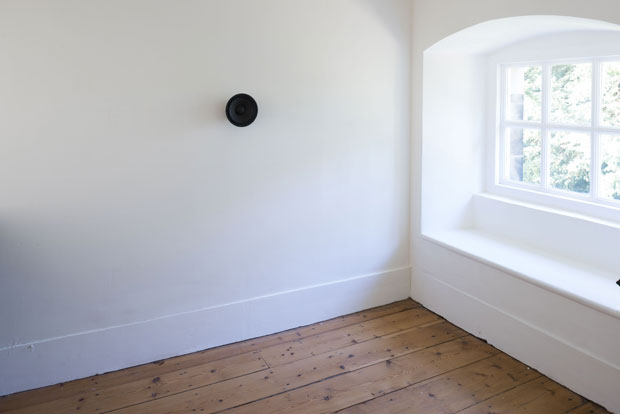
All that is unknown (2016), James Webb. Courtesy the artist, blank projects, Galerie Imane Farés and YSP. Photo © Jonty Wilde
Downstairs, a black-painted room houses the directional sound installation Threnody (2016) where vocalist Zami Mdingi sings Paul McCartney’s line for The Beatles song ‘Helter Skelter’ backwards. The work refers to how Charles Manson associated the band’s music with excerpts from the Bible to create his own mythology based on racial confrontational, leading his followers to commit killings in 1969. ‘What I want to achieve with such a reversing is to undo all the mad things, to retrace Helter Skelter and get a negative of it,’ Webb explains. ‘Threnody is the opposite of Manson and of that Beatles’ white-bread, white man, cock rock’. The resulting piece is a mesmerising physical performance, ‘a strange, difficult melody where the voice itself becomes an object.’ With the help of ethnomusicologist Cara Stacey, Mdingi and Webb transcribed the lyrics in a phonetic Xhosa framework. ‘There is a sadness, longing and anger in the new version. It is a lament.’ The installation itself evokes a solar eclipse (it is painted black, and the large black speaker is partially lit by a low light from behind, to resemble the moon crossing the sun), suggesting the spiritual power of mourning and of transcending death. When I ask him if his work is a comment on current racial tensions in South Africa or the USA, he replies that the audience can unpick, interpret and complete his artworks at will.
This show definitely requires the viewer to be an active participant, seeking out a direct, physical, experience of the works. Webb appeals to our intuition and unconscious, pushing us to reflect on how we transcend hardships, especially in turbulent times.
‘Hope is a good swimmer’ is a reaction to and a challenge to the world we live in, and the anguish of so much of today’s news. ‘We pass through dangerous crossroads. What is hope? Hope is an attitude, not a wish,’ the artist argues. ‘Hope is the possibility of accepting, or understanding, our world and its uncertainties. It is not about the future, but about the present and now.’ This sounds like a call for resilience, to resort to our inner strength and keep moving despite it all.
‘Hope is a good swimmer’ is at Galerie Imane Farès, Paris, France, until 11 February 2017.
‘We Listen to the Future’ is at Yorkshire Sculpture Park, Wakefield, UK, until 11 March 2017.
Unlimited access from just $16 every 3 months
Subscribe to get unlimited and exclusive access to the top art stories, interviews and exhibition reviews.

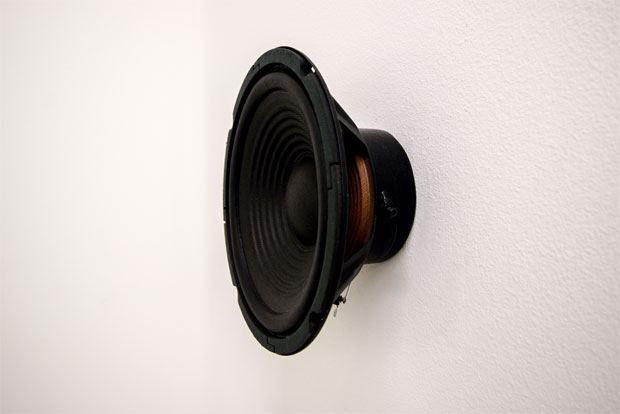
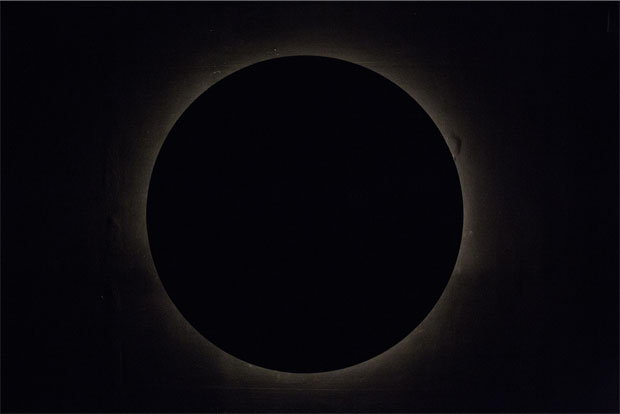
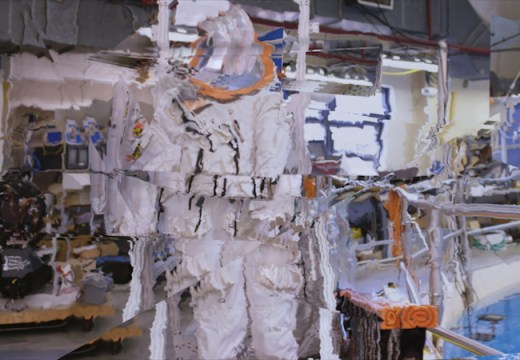
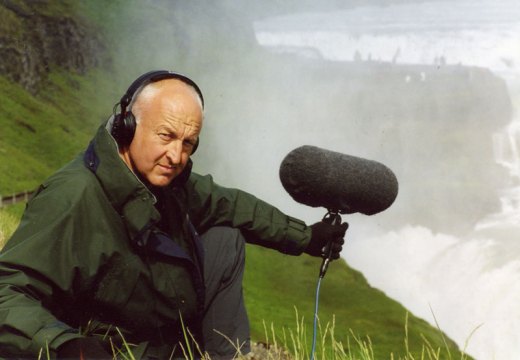
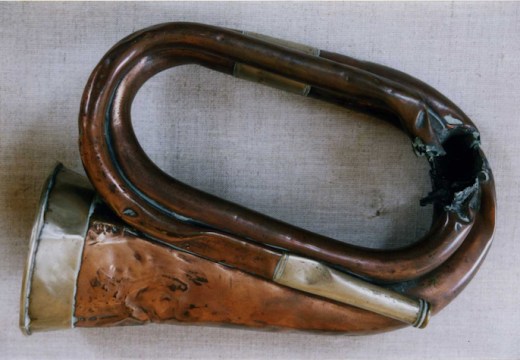









![Masterpiece [Re]discovery 2022. Photo: Ben Fisher Photography, courtesy of Masterpiece London](http://www.apollo-magazine.com/wp-content/uploads/2022/07/MPL2022_4263.jpg)
Why are fathers so absent from art history?